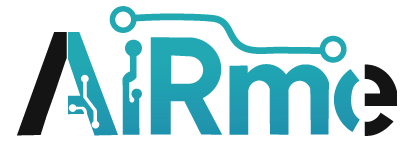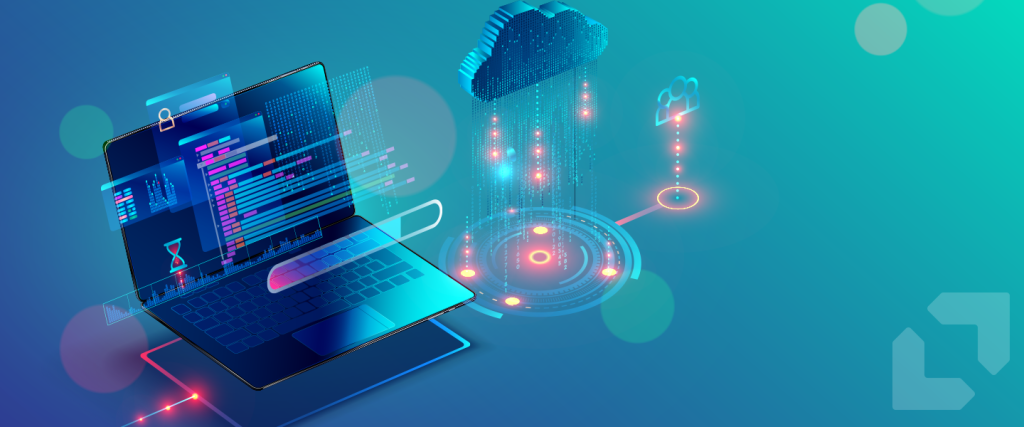
In an age where efficiency and innovation are the cornerstones of business success, automation has become a crucial element for gaining a competitive advantage. The integration of artificial intelligence (AI) and machine learning (ML) with automation has opened new avenues for organizations to streamline operations, predict trends, and enhance decision-making processes. At the heart of this revolution is Python, a language that has proven itself to be the go-to tool for AI and ML implementations.
In this blog, we’ll explore how AI-driven automation, powered by Python and machine learning, is transforming businesses, providing practical examples and showcasing the tangible benefits of integrating these technologies into everyday workflows.
What is AI-Driven Automation?
AI-driven automation refers to the use of artificial intelligence technologies to automatically perform tasks that traditionally required human intervention. With machine learning models, AI systems can learn from data and improve over time, making decisions, predicting outcomes, and solving problems autonomously.
When we combine Python — a versatile and user-friendly programming language — with machine learning algorithms, we can build intelligent automation systems that handle everything from data processing to customer support, all while reducing human error, increasing efficiency, and enabling faster decision-making.
The Role of Python in AI-Driven Automation
Why Python?
Python has become the de facto language for AI and machine learning for several reasons:
- Simplicity and Readability: Python’s syntax is intuitive and easy to learn, making it accessible even to beginners. This has contributed to its popularity in both academic research and business use cases.
- Extensive Libraries: Python boasts an array of powerful libraries, such as TensorFlow, scikit-learn, Keras, Pandas, and NumPy, that simplify the process of developing and deploying machine learning models.
- Flexibility: Python allows seamless integration with other technologies and systems, making it perfect for developing cross-platform applications.
- Community Support: Python has a massive global community, providing a wealth of resources, tutorials, and pre-built models for every AI-related need.
Because of these qualities, Python has become the primary tool for businesses looking to harness the power of machine learning and AI for automation.
How Machine Learning is Driving Business Transformation
1. Predictive Analytics for Smarter Decision-Making
Machine learning algorithms excel at analyzing historical data to make predictions about future events. This predictive capability is transforming how businesses forecast trends, optimize operations, and improve customer experiences.
Example:
An e-commerce platform can use machine learning models to predict customer purchasing behavior, allowing them to personalize marketing strategies, optimize inventory management, and enhance customer retention. Python’s scikit-learn library makes building such predictive models simple by providing easy-to-use algorithms like regression, decision trees, and clustering.
2. Automating Repetitive Tasks
Automation is all about reducing manual effort and speeding up repetitive processes. Machine learning helps identify tasks that can be automated by analyzing patterns in data.
Example:
In finance, transaction processing, fraud detection, and compliance checks can all be automated using machine learning models that identify patterns of fraudulent activity. Python, in combination with libraries like pandas and NumPy, helps clean and preprocess large datasets, allowing AI models to quickly detect anomalies and flag suspicious transactions.
3. Enhancing Customer Service with Chatbots
Customer service chatbots are one of the most popular applications of AI in business. These chatbots, powered by machine learning algorithms, can handle inquiries, provide support, and resolve issues without human intervention.
Example:
By implementing Natural Language Processing (NLP) with Python’s spaCy and NLTK libraries, businesses can create chatbots that understand and respond to customer queries in real-time. These AI systems can continuously learn from customer interactions, improving their responses and making the customer experience more seamless over time.
4. Personalization in Marketing
Machine learning enables businesses to create hyper-targeted marketing campaigns by analyzing customer behavior and segmenting audiences. This level of personalization is becoming a key differentiator in industries like retail and e-commerce.
Example:
Online retailers use Python-based ML models to recommend products to customers based on their browsing history and purchase patterns. This system not only increases sales but also improves customer satisfaction by providing tailored recommendations, just as Amazon’s recommendation engine does.
5. Image Recognition and Visual Data Analysis
Python is also widely used in image recognition and computer vision. Machine learning models can analyze images, videos, and other visual data to perform tasks like facial recognition, object detection, and quality control.
Example:
In manufacturing, Python-based AI models can automate quality control by analyzing visual data from product inspections. By using OpenCV and TensorFlow, businesses can automate the process of detecting defects in products, ensuring higher accuracy and reducing human error.
AI-Driven Automation Use Cases in Business
1. E-Commerce
Machine learning-powered recommendation systems have revolutionized e-commerce. Retailers like Amazon and Netflix use these systems to analyze customer behavior and suggest products based on individual preferences.
Python Implementation:
- Libraries Used:
scikit-learn,TensorFlow,pandas - Task: Personalize recommendations and optimize inventory
- Impact: Increased sales and improved customer retention
2. Healthcare
Machine learning is enabling predictive diagnostics and patient outcome forecasting. AI-driven tools can analyze patient data to predict health risks and suggest preventive measures, leading to better health outcomes and reduced operational costs.
Python Implementation:
- Libraries Used:
TensorFlow,Keras,scikit-learn - Task: Predict disease progression and assist in diagnostics
- Impact: Improved patient care and cost savings
3. Finance
In the financial sector, Python-based machine learning algorithms are used for fraud detection, risk assessment, and market predictions. AI can analyze transactional data in real-time to flag fraudulent activities and predict stock movements.
Python Implementation:
- Libraries Used:
pandas,NumPy,scikit-learn,TensorFlow - Task: Detect fraud and predict market trends
- Impact: Reduced fraud and more accurate financial predictions
4. Customer Support
AI-driven chatbots and virtual assistants powered by Python are automating customer support across industries. These systems can answer frequently asked questions, process claims, and provide technical support, all while learning from each interaction to improve over time.
Python Implementation:
- Libraries Used:
spaCy,NLTK,TensorFlow - Task: Automate customer service and improve response time
- Impact: Enhanced customer experience and reduced operational costs
Challenges and Considerations
While the benefits of AI-driven automation are clear, there are challenges to implementing these technologies:
- Data Quality: Machine learning models require high-quality, relevant data. Ensuring the data used for training models is accurate and clean is a critical step.
- Skills and Expertise: Building AI systems requires specialized knowledge in machine learning algorithms and data science, which may necessitate training or hiring skilled personnel.
- Integration: Integrating machine learning models into existing business processes and systems can be complex, requiring careful planning and resources.
- Ethical Concerns: AI systems must be designed to be fair, transparent, and accountable. Businesses must address concerns about bias, privacy, and security when implementing AI-driven automation.
The Future of AI-Driven Automation
As machine learning algorithms continue to evolve, the future of automation looks promising. AI will become even more intelligent, with systems capable of making complex decisions, solving problems autonomously, and driving innovation across industries.
With Python as the driving force behind these advancements, businesses can leverage AI to not only improve efficiency but also create new opportunities for growth and success.
Conclusion
AI-driven automation, powered by Python and machine learning, is transforming how businesses operate. From predictive analytics and automated customer support to smarter decision-making and image recognition, Python-based AI systems are revolutionizing industries. As businesses continue to adopt these technologies, the potential for AI to drive innovation and increase efficiency will only grow.
By embracing Python and machine learning, businesses can stay ahead of the competition, optimize their operations, and deliver better products and services to their customers.


Leave a Reply